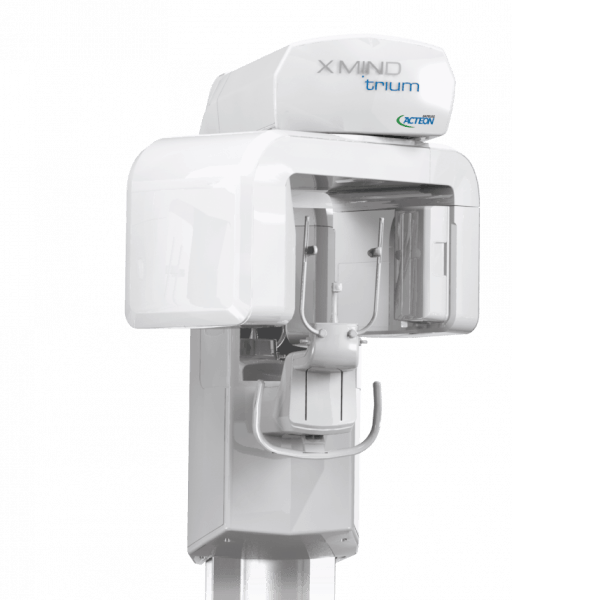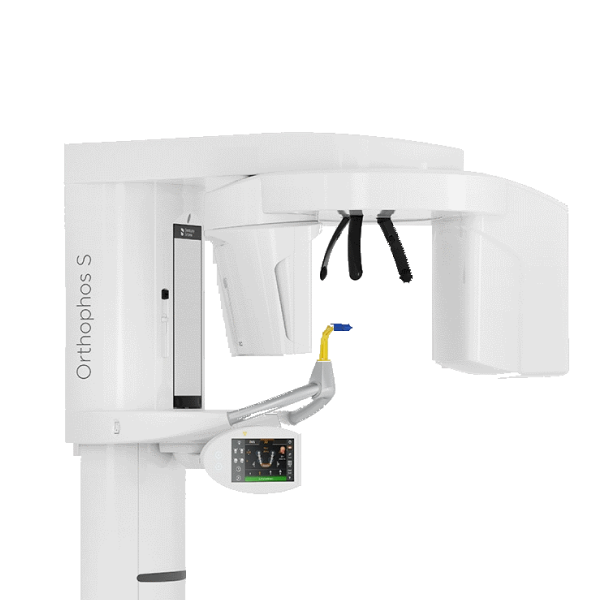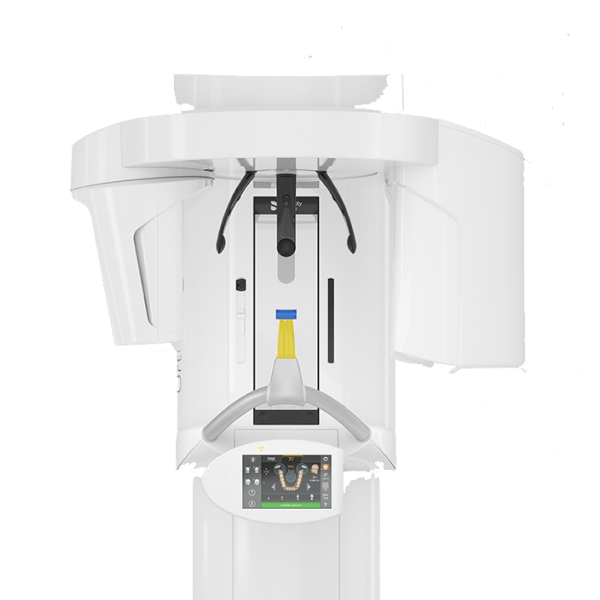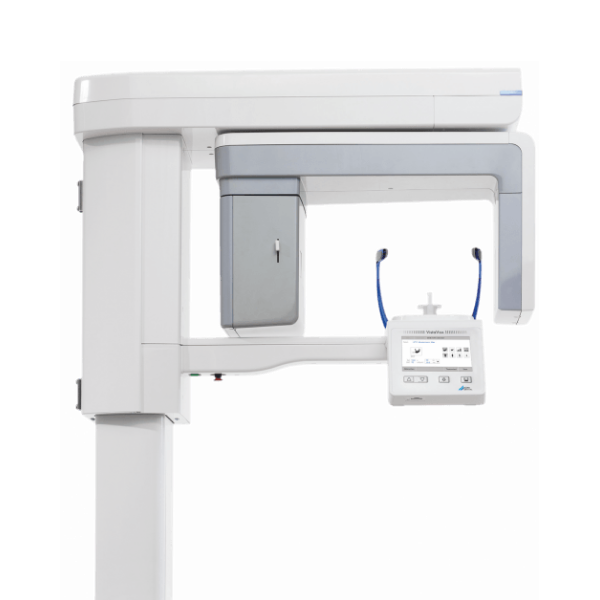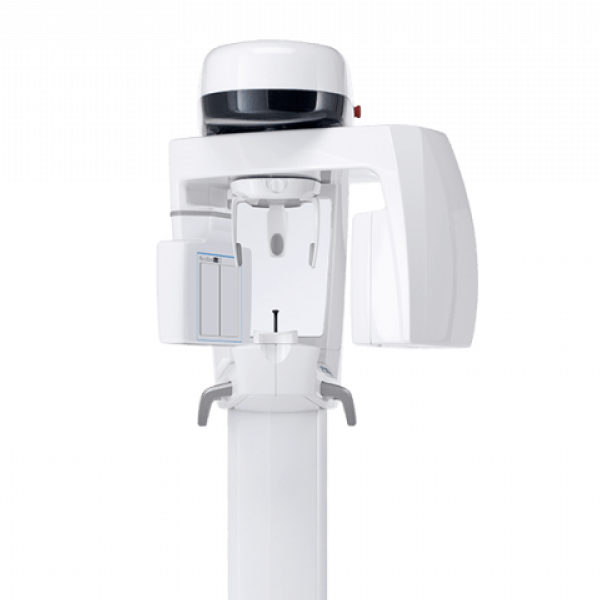Cone Beam 3D Imaging (CBCT)
Discover the power of Cone Beam 3D Imaging (CBCT) in dentistry. Enhance diagnostic accuracy and treatment planning with detailed 3D images. Shop our selection today!
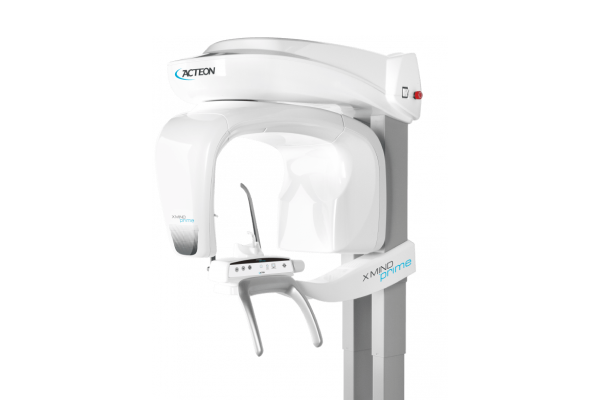
Discover the power of Cone Beam 3D Imaging (CBCT) in dentistry. Enhance diagnostic accuracy and treatment planning with detailed 3D images. Shop our selection today!

Cone Beam Technology, also known as Cone Beam Computed Tomography (CBCT), brings a new level of diagnostic precision to dentistry by providing highly detailed images of a patient's oral structures. It is a type of X-ray imaging that uses a cone-shaped beam of X-rays to create a three-dimensional (3D) image of the teeth, jaw, and surrounding areas. This type of imaging is often used to diagnose and plan treatment for a variety of dental problems. If you’re interested in bringing this revolutionary technology to your practice, get in touch with us today.
Cone beam technology has several advantages over traditional two-dimensional X-rays and provides a more accurate and less-invasive way to diagnose and plan treatment for a variety of dental problems.
Here are some of the benefits of using cone beam technology in dentistry:
Cone Beam 3D Imaging allows dentists to precisely plan the placement of dental implants, ensuring that they are placed in the correct location and angle. This helps to improve the success rate of implant placement and reduces the risk of complications.
Cone Beam 3D Imaging allows dentists to see the full extent of a root canal infection, which helps them to develop a more effective treatment plan. This can help to reduce the risk of the infection spreading and causing further damage to the tooth or jawbone.
Cone Beam 3D Imaging allows orthodontists to create a precise 3D model of a patient's teeth and jawbone. This helps them to develop a more effective orthodontic treatment plan that is tailored to the individual patient's needs.
Cone Beam 3D Imaging can be used to diagnose and evaluate TMJ disorders, such as temporomandibular joint (TMJ) pain and dysfunction. This helps dentists to develop more effective treatment plans for these conditions.

